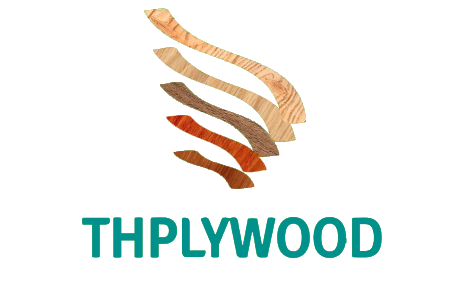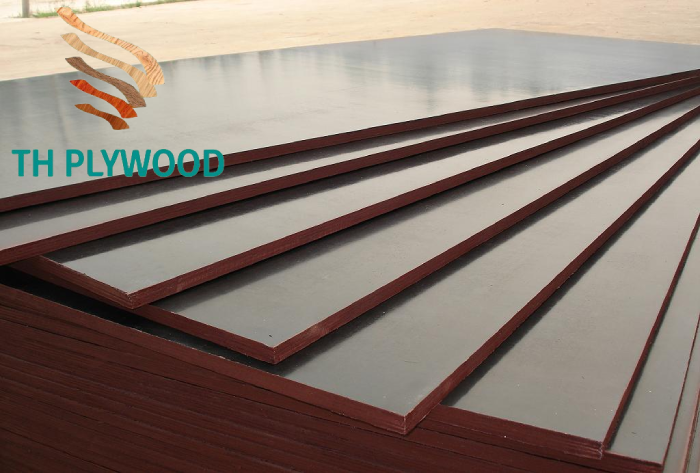NEWS
Exploring Film Faced Plywood
Film Faced Plywood (FFP) stands out as a specialized plywood variant featuring one or two sides coated with a durable and waterproof film. This unique characteristic shields the core from moisture, water, and weather, thereby significantly extending the plywood’s lifespan. In this comprehensive guide, we apply into the various applications of film-faced plywood, exploring its utility across diverse industries, and examining alternative materials in the many formwork applications.
Film Faced Plywood Applications
Construction Industry
Film-faced plywood is extensively used in the construction sector, particularly in formwork applications. Its heightened stability and resistance to moisture, ultraviolet radiation, and corrosive chemicals make it an ideal choice for constructing formwork. The film layer, coupled with acrylic varnished edges, enhances durability, even when exposed to harsh weather conditions.
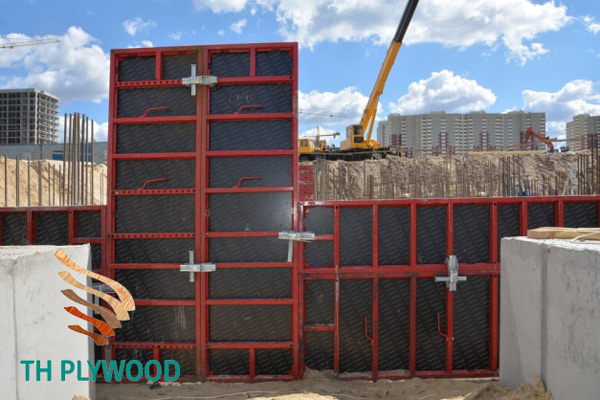
Shuttering Boxes
Film-faced plywood is recommended for constructing shuttering boxes, which are employed to contain and shape wet concrete during the drying process. The excellence quality of film-faced plywood ensures longevity, even under direct sunlight, thereby allowing for multiple uses and cost savings.
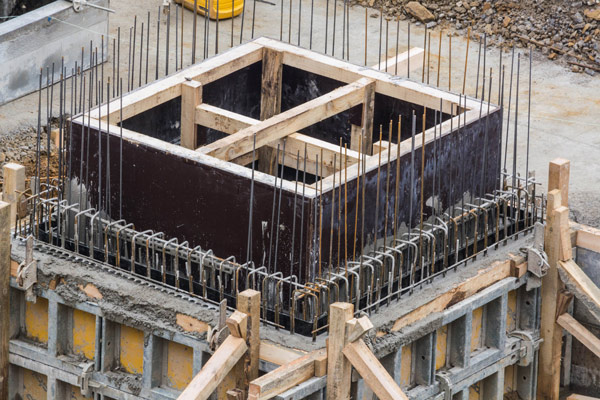
Industrial Development
Film-faced plywood shares similarities with marine plywood, boasting high-quality hardwood, waterproof glue, and minimal defects. Referred to as “Water-boiled Plywood,” it can withstand prolonged boiling without delamination. This makes it a preferred choice in boat and shipbuilding, as well as for crafting various parts.
Dams Construction
In dam construction and maintenance, film-faced plywood is utilized to fabricate forming-level molding boards and girder molding boards. These boards exhibit exceptional water resistance, enabling them to withstand fast-flowing water. They are available in various thicknesses to suit specific project requirements.
Furniture and Shelving
Film-faced plywood finds application in furniture making, offering a range of technical advantages. Its resistance to warping and termite infestation makes it an attractive option for crafting shelves and furniture pieces. The outer film veneer not only enhances the aesthetic appeal by showcasing natural wood grain but also provides protection, preserving the furniture’s color over time.
Film Faced Plywood Alternatives – Formwork Application
Natural Wood
Traditional wooden formwork remains a popular choice owing to its low cost and ease of production. However, it can be easily warping and requires more time for construction and dismantling, particularly in adverse weather conditions.
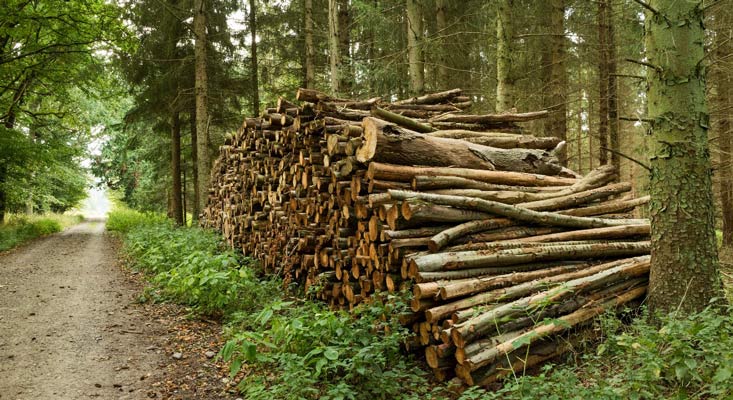
Steel
Steel formwork is gaining traction due to its durability and reusability. While it incurs higher initial costs, its prolonged lifespan and smooth finish on concrete surfaces make it a preferred option for various structures, including circular or curved ones.
Plastic
Plastic formwork, characterized by its lightweight and modular interlocking system, is increasingly favored for its reusability and suitability for simple concrete structures. Particularly suited for repetitive shapes and large-scale housing projects, plastic formwork offers convenience and efficiency in construction endeavors.
In conclusion, film-faced plywood stands as a versatile material with diverse applications, especially in construction and industrial sectors. While it offers numerous advantages, exploring alternative materials can provide insights into optimizing construction processes based on specific project requirements and constraints.
Thank you for folloing our articles. You need to use high quality plywood, including hardwood packing plywood, commercial plywood, film coated plywood and LVL planks.
Please contact via whatsapp: +84386218605.
